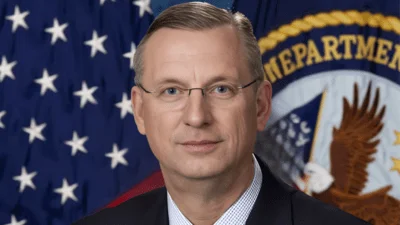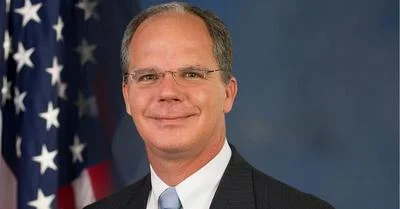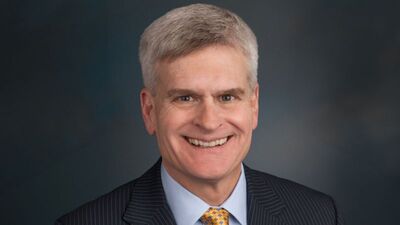Dear Secretary Acosta:
As we wrote in our July 21, 2017 comment to the Department of Labor’s (the “Department" or “DOL") Request for Information (“RFI") in connection with its examination of the final rule defining who is a “fiduciary" under the Employee Retirement Income Security Act of 1974, as amended (“ERISA"), we strongly oppose any delay in the January 2018 applicability date of certain provisions of the final rule. Any delay will weaken protections, cause confusion, and harm Americans saving for retirement. Moreover, an 18-month delay seems unreasonable given the lack of justification and the speed with which it was proposed. Simply, there is no evidence to support such a delay.
We remind you that further delay serves neither the interests of industry nor investors. The constant uncertainty makes it difficult for industry to properly plan for compliance, and it causes confusion for retirement savers as to what protections they are afforded while temporary enforcement policies remain in place.[1] The delay is particularly puzzling given the first partial effective date in June, which, contrary to concerns, did not send the financial services industry into a tailspin. In fact, the head of client experience and growth at Wells Fargo Advisors stated that “[i]t went very smoothly...[and she] would liken it to Y2K: We did a lot of preparation and a lot of work for a day that ended up feeling a lot like any other day."[2]
We also reiterate our concern that the Department’s dilatory actions are merely a pretext for weakening retirement investor protections in the final rule. The Department’s actions thus far support our concerns, as it has now sought comments regarding delays on three separate occasions: (1) the initial applicability delay from April 10, 2017 to June 9, 2017; (2) the RFI on the Jan. 1, 2018 applicability date; and (3) the proposed 18-month delay for the Jan. 1, 2018 applicability date. The Department has spent considerable resources in a short period of time on delaying the rule, rather than studying its substance and impact.
For example, on Aug. 31, 2017, the Department proposed extending the transition period and granting an 18-month delay for certain applicability dates.[3] This proposal comes just 41 days after the closure of the comment period regarding the Jan. 1, 2018 applicability date, and 24 days after the deadline for comments on all other requests in the RFI.[4] In response to the RFI, there were 643 public comments and 9 petitions representing 71,579 individual comments listed on the Department’s website. While it is unclear if these numbers represent all comments received, it does suggest an accelerated review of such comments.[5]
Earlier this year, in a Wall Street Journal op-ed, you acknowledged that “[a]gency heads have a legal duty to consider all the views expressed before adopting a final rule."[6] We urge you to follow the law and carefully and critically review not only the public comments, from which there is no new information to support weakening protections for retirement savers, but also the industry’s reactions to the partially implemented rule. Simply because the President asked the Department to review certain cost-benefit analyses, it does not justify substantially altering a rule that will help millions of Americans save for retirement.[7]
We continue to support the rule as finalized and urge you to proceed with the Jan. 1, 2018 applicability date for the remaining provisions of the rule.
Sincerely,








